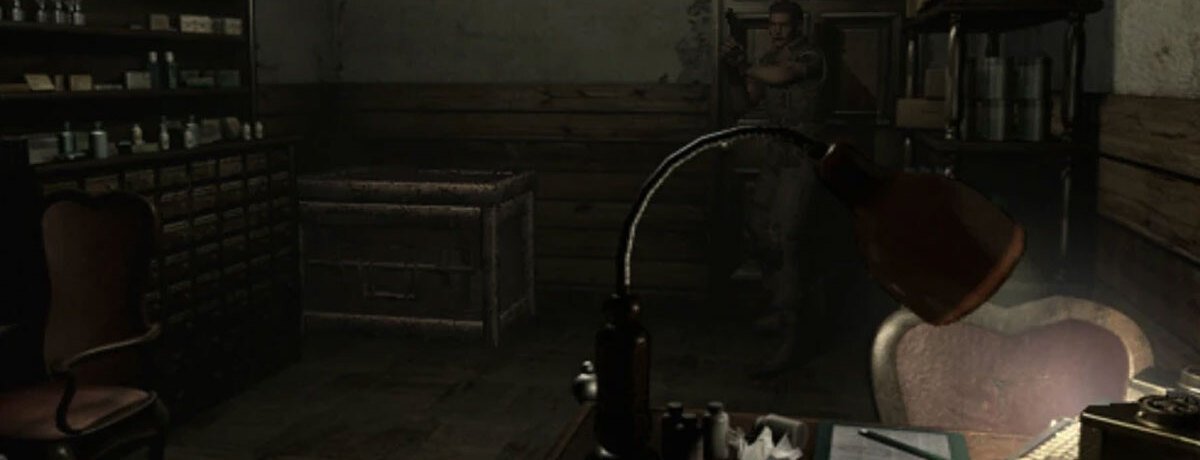
Abstract: The Use (and Misuse) of Safe Spaces in Survival Horror Video Games
Safe Spaces are conceptually discussed in educational and sociological academia as spaces defined through a specific set of parameters. These spaces promise safety for participants within the space from physical and metaphorical harm, are often places of familiarity or comfort, and allow for creative expression of the participants (Hunter, 2008). The application of these safe spaces usually results in definable spaces, with established boundaries (whether these clear or not) that often have rules for engagement with – and interactions within – the spaces. Although these spaces can promise a transient safety whilst within their spatial and temporal parameters, they cannot promise “true safety” to their participants, due to various issues. For instance, the lack of definitive, permanent boundaries and the threats to safety both internal and external cannot be comprehensively negated as contexts and conditions around and within the spaces shift in response to societal, political, or social change.
Survival horror video games are themselves founded on creating the opposite of the above, maintaining a sense of dread or imperilment for those experiencing them through various means, such as atmosphere, music or physical threat to player avatars. That does not mean that survival horror lacks safety, in fact, I would argue that the balancing of moments of high and low tension is key to the efficacy of the genre itself, especially given the horror medium’s use of anticipation – much alike other mediums in this genre, such as film. Although threats are a focus here, there must also be safety as continual increasing tension would lack the satisfaction of a release of said tension. Survival horror video games manage this safety to not only provide shelter from the horrific threats found elsewhere, but also to create greater tension through the implication and anticipation of further, impending threats.
Therefore, this paper aims to begin with answering three key questions with regards to the following games to establish their levels of safety or if these texts even contain what could be considered as “safe spaces”; Resident Evil (2002), Alien Isolation (2014) and Silent Hill 4: The Room (2004):
- Safety for whom? Who is under threat in these experiences (player, avatar, etc.)
- Safety from what? What are the key threats in each text?
- Safety how? How are these spaces defined and enforced?
Once the above is established I propose to explore how several survival horror video games use and mis-use ideas of safety to create unique experiences for the player and how safety, however transient, contributes to the efficacy of survival horror as a genre. This discussion will include the placements and parameters of safety within the individual game worlds, how these spaces are conveyed to the player, and how safety is leveraged in each instance to further the terror experienced by the player. In this discussion, I will refer to other survival horror titles both in the franchises of the games above and beyond to support the discussions, which is especially necessary with Silent Hill 4: The Room as that title balances safety and threat differently in comparison to others in its franchise.
References:
Hunter, M.A. (2008) Cultivating the art of safe space, Research in Drama Education: The Journal of Applied Theatre and Performance, 13:1, pp.5-21, DOI: 10.1080/13569780701825195.
